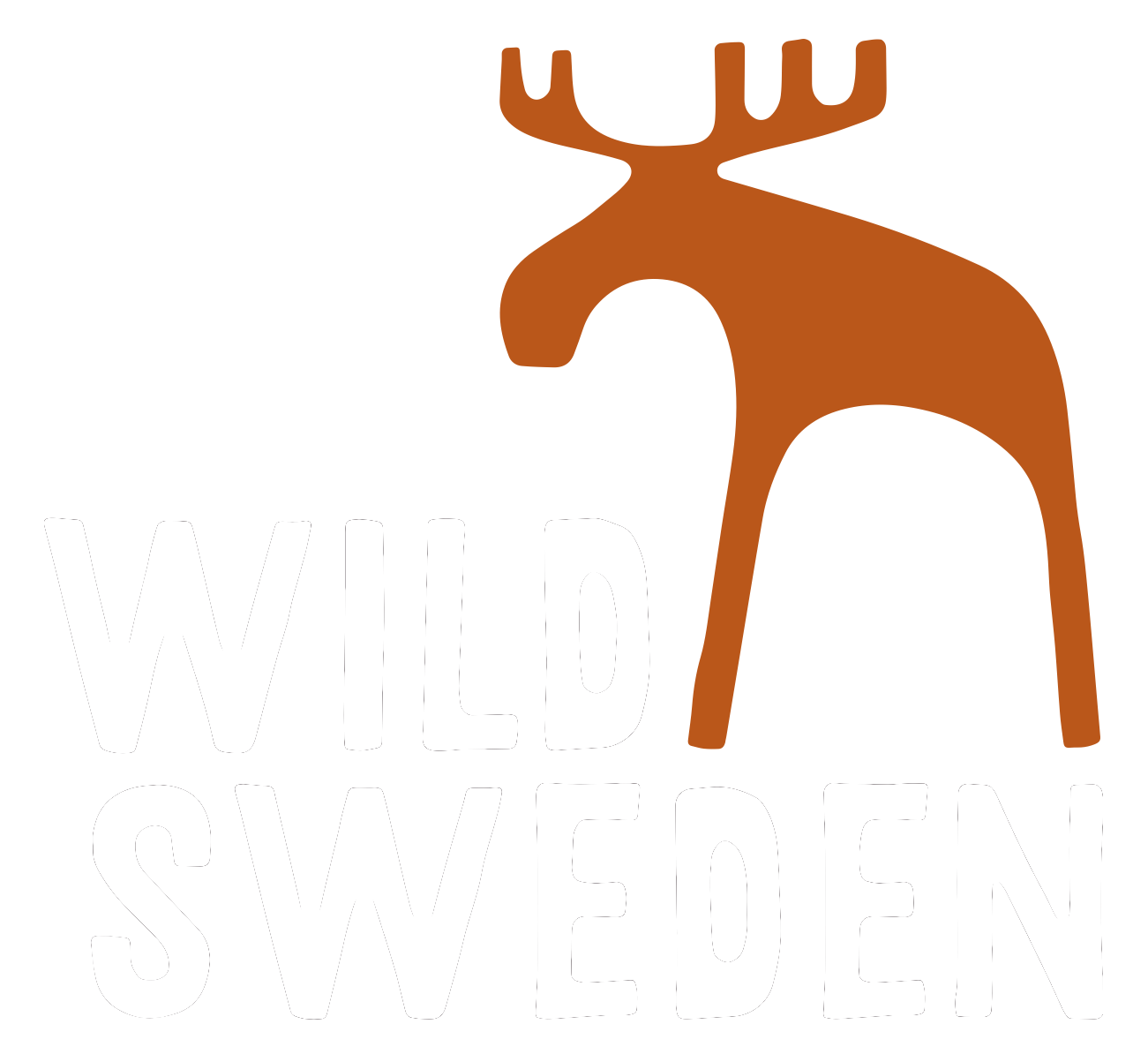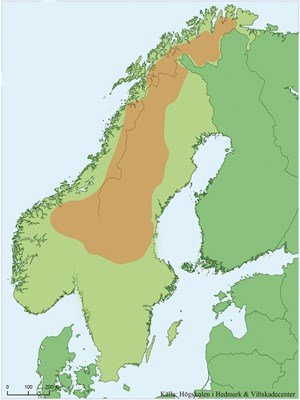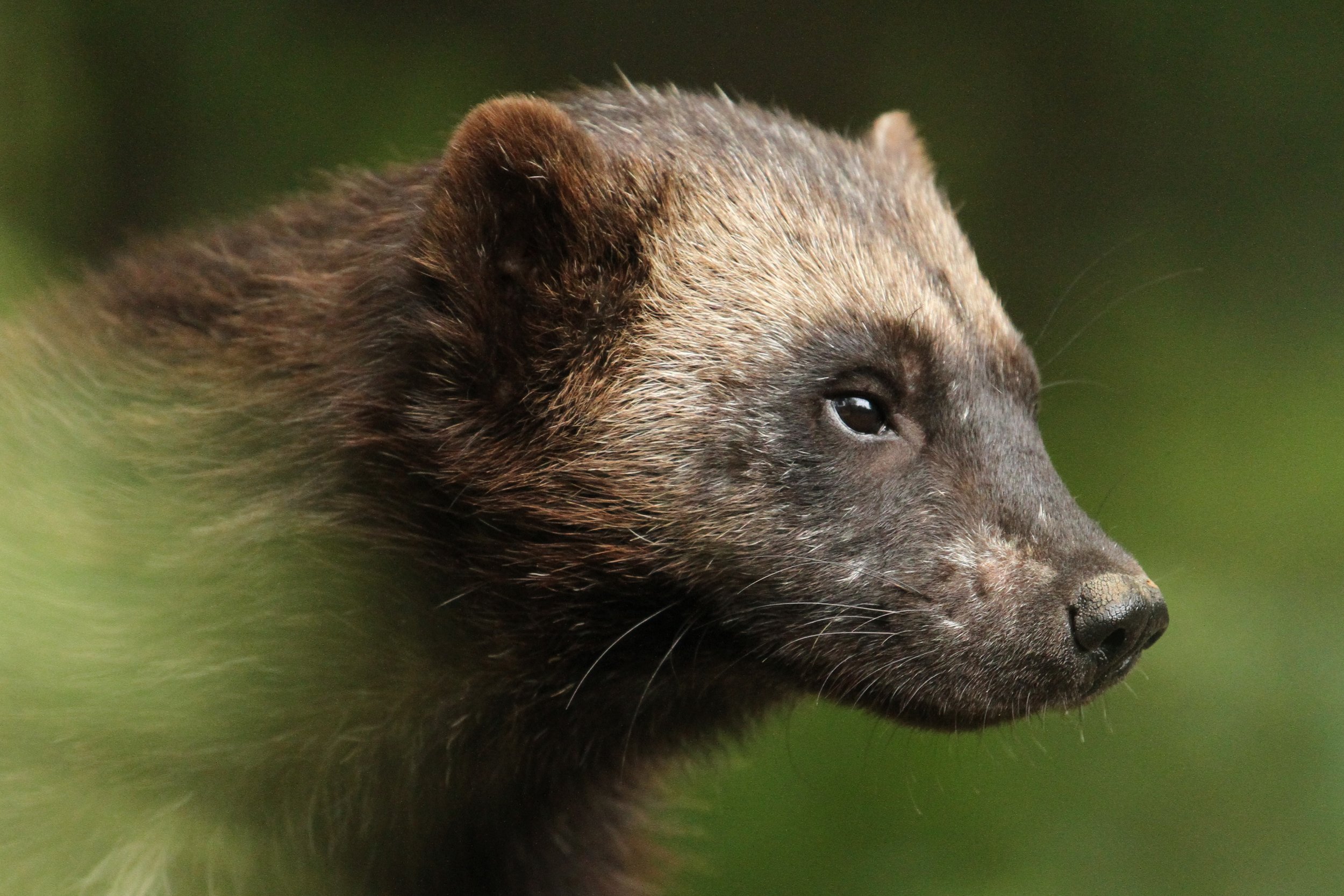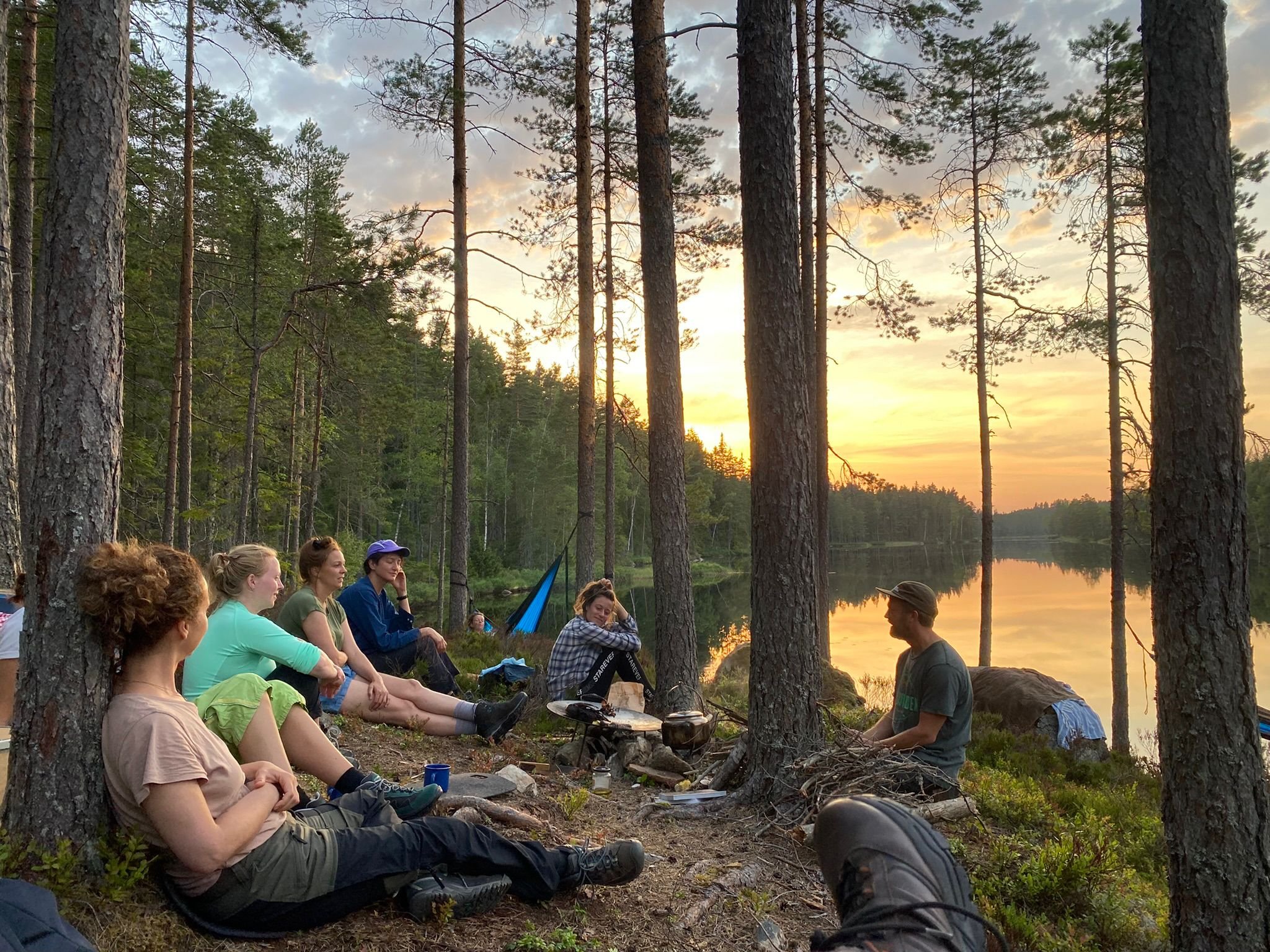Facts about Wolverines in Sweden
Welcome to our article about the fascinating wolverines in Sweden. Here, we explore the characteristics, habitat, behavior, and conservation status of these incredible creatures.
Wolverines are often misunderstood. This article aims to shed light on their true nature and the importance of preserving their natural environment.
Are Wolverines Aggressive?
Wolverines in Sweden have an unfair reputation for aggression. Traditionally seen as ruthless predators, they are primarily scavengers. In Sweden’s mountains, wolverines rely on reindeer, leading to conflicts with Sámi reindeer herders.
Appearance and Size
Wolverines (Gulo gulo) is Sweden’s largest members of the weasel family. They have thick, dark fur, sharp claws, and a bushy tail. Adults weigh between 8 to 25 kilograms (18 to 55 pounds) and measure 65 to 87 centimeters (26 to 34 inches) in length, excluding the tail. Males are typically larger than females, with males weighing between 14-18 kg and females weighing between 8-12 kg.
Distribution and Habitat
Wolverines inhabit northern and central Sweden, primarily in the mountainous areas of Swedish Lapland. Recently, they have spread south, possibly due to the availability of carcasses left by wolves. Their preferred habitats are remote, rugged wilderness areas, which provide ample cover and food sources.
Diet and Feeding Habits
In Sweden, reindeer are a crucial food source for wolverines, both scavenged and hunted. But Wolverines are opportunistic feeders with a diverse diet. They scavenge carcasses, hunt small to medium-sized mammals like rodents and hares, and occasionally take down larger prey such as reindeer. Their diet also includes birds, eggs, berries, and insects. Wolverines are known for their ability to cache food for later consumption, which helps them survive when food is scarce.
Behavior and Social Structure
Wolverines are solitary animals, with each individual maintaining a large territory. They are most active during dawn and dusk, displaying crepuscular behavior. Wolverines communicate through scent marking, vocalizations, and body language. Despite their solitary nature, they exhibit complex social interactions during mating season and when raising young.
Reproduction and Life Cycle
Wolverines have a unique reproductive cycle. Mating occurs between April and August, but the development of embryos is delayed until the beginning of the year. Most wolverines give birth in February or March, usually to 2-3 kits, though occasionally there may be four. These kits are born in a den dug deep into the snow, often on a mountain slope. The kits stay in the den until April, after which they spend time at designated rendezvous points while the mother hunts. By summer, the kits are large enough to accompany their mother on her journeys.
Kits remain with their mother for about a year before seeking their own territories. Males always disperse from their mother’s territory, while females may stay and take over their mother’s range if it becomes available. Wolverines reach sexual maturity at around three years old, and most females give birth only every other year.
Male wolverines mate with multiple females each year but do not participate in raising the young. Females typically mate with one male per season, often the same male for several years.
Conservation Status
Wolverines in Sweden are classified as Near Threatened, with habitat loss and human-wildlife conflict being the primary threats. Conservation efforts focus on habitat protection, conflict mitigation with reindeer herders, and monitoring populations. Legal protection and wildlife corridors are crucial for their long-term survival.
Quick Facts about Wolverines in Sweden
Scientific name: Gulo gulo
Size: Females weigh 10-20 kg, males 15-30 kg; can grow to 65-105 cm long with a shoulder height of up to 45 cm.
Appearance: Stocky build, short legs, muscular body, thick dark brown fur with lighter markings, broad paws for snow travel, short bushy tail.
Family: Mustelidae (includes otters, badgers, and weasels).
Distribution: Found in northern and central Sweden, in remote and rugged areas.
Reproduction: Females give birth to 2-3 kits in winter, with kits weighing about 100 grams at birth.
Diet: Scavengers and predators; diet includes small mammals, birds, carrion, and berries.
Lifespan: Wolverines can live up to 12-15 years in the wild.
Wolverines are essential to Sweden’s ecosystem, acting as nature’s cleaners by scavenging remains. Understanding and preserving these animals is crucial for maintaining the balance of their habitats.
Density of wolverines, based on collected scat samples. Source: De 5 Stora
Where to see wolverines in Sweden
The wolverine is found throughout Northern and Central Sweden. They prefer dense coniferous forests and mountainous areas. Some of the most popular areas for wolverine sightings in Sweden include the mountains of Swedish Lapland and Jämtland.
How many Wolverines are there in Sweden?
This diagram displays the number of wolverine reproductions (litters) found between the years 2003-2021. The number fluctuates, which is due to the number of wolverines as well as the possibility of inventory. Source: Swedish Environmental Protection Agency.
Conservation Status of wolverines in Sweden
The wolverine was placed under protection in Sweden in 1969. It may not be hunted and killed other than with a protective purpose (e.g. in order to reduce the damages done to the reindeer herds). After that it has been placed under protection, the Swedish wolverine population has recovered.






